Court to hear Jalan U-Thant residents’ challenge against SPE highway project in KL
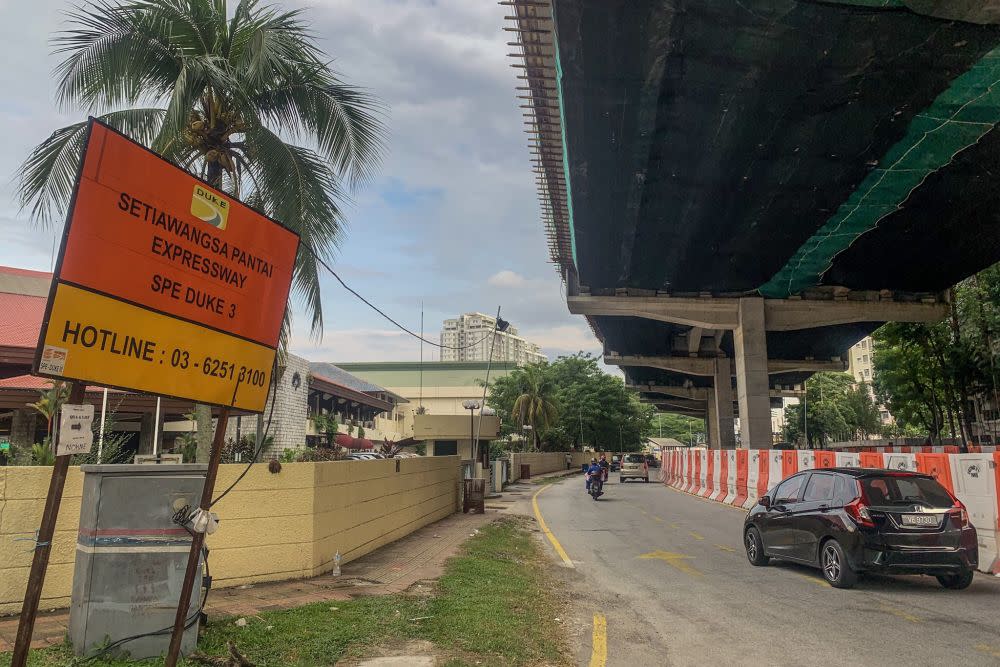
KUALA LUMPUR, July 25 — Today, the Court of Appeal is set to hear the appeal by residents of an affluent, decades-old neighbourhood along Jalan U-Thant in Kuala Lumpur over a new highway being built too near to their homes.
But why does this matter to other Malaysians? (It should matter especially to those living in the Klang Valley where multiple new, controversial highway projects have been protested against.)
This lawsuit mounted by several Jalan U-Thant residents looks at how a new highway — dubbed Setiawangsa-Pantai Expressway (SPE) — next to their neighbourhood was designed and implemented, which the residents claim disregards the impact on their health and well-being with the increased noise levels and air pollution.
Below is Malay Mail’s quick introduction to the lawsuit based on court documents and why you should care:
Which highway is this?
The SPE, previously known as the third phase of the Duta-Ulu Kelang Expressway (DUKE 3), is planned to connect Kuala Lumpur’s north part to the capital city’s south part and will pass by places such as Wangsa Maju, Setiawangsa, Ampang and the Tun Razak Exchange, Bandar Malaysia and the Kerinchi area.
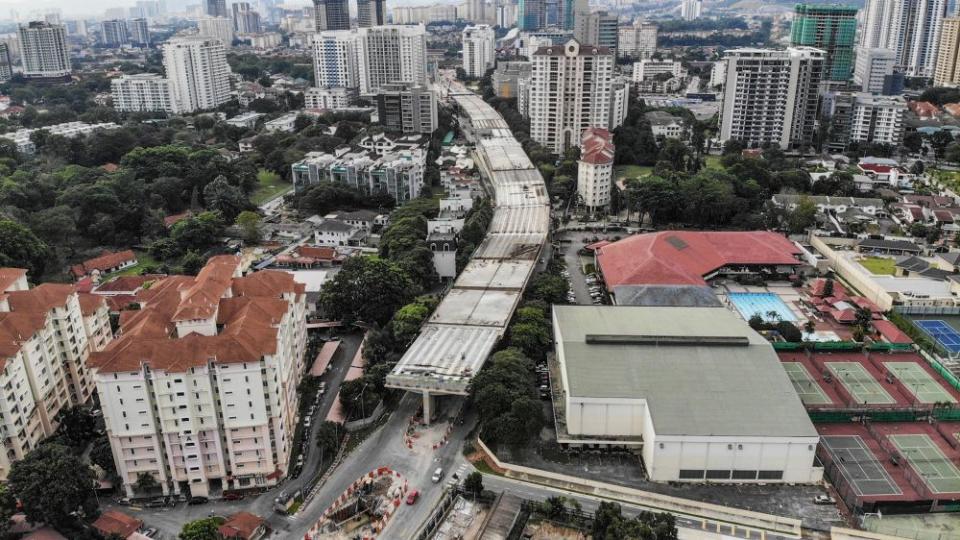
Who sued who?
Residents Enisah Baharuddin, Joy Devi Kunayagam, Datuk Dr N. Kunayagam, IM Holdings Sdn Bhd and LA & I Sdn Bhd are suing the Works Minister, the Malaysian Highway Authority (LLM), Kuala Lumpur City Hall (DBKL), the Malaysian government, and the highway construction firm Lebuhraya Duke Fasa 3 Sdn Bhd.
The five who filed for judicial review in 2017 are mostly long-time residents along Jalan U-Thant, with Enisah having as of 2017 lived there for 15 years, Joy Devi for five years then, Dr N. Kunayagam for about 11 years in the house he owned for more than 40 years, while IM’s directors and families have lived there for 20 years and LA & I directors also live on a property there.
The five filed the lawsuit in the High Court on April 4, 2017 to challenge and ultimately have the courts declare a stretch of the new highway directly affecting them — Desa Pandan alignment — as unlawful, irrational and unreasonable; also seeking for the courts to quash the government and LLM’s approval for the Desa Pandan alignment’s design.
It’s not the entire 29.8 kilometre SPE highway that is being contested, just the 2.6 kilometre Desa Pandan alignment which is described as stretching from the intersection between Jalan Wickham and Jalan 1/76 (next to Raintree Club) to the intersection between Jalan Kampung Pandan and Jalan Perkasa (near Ciao Ristorante and after Sekolah Kebangsaan Aminuddin Baki).
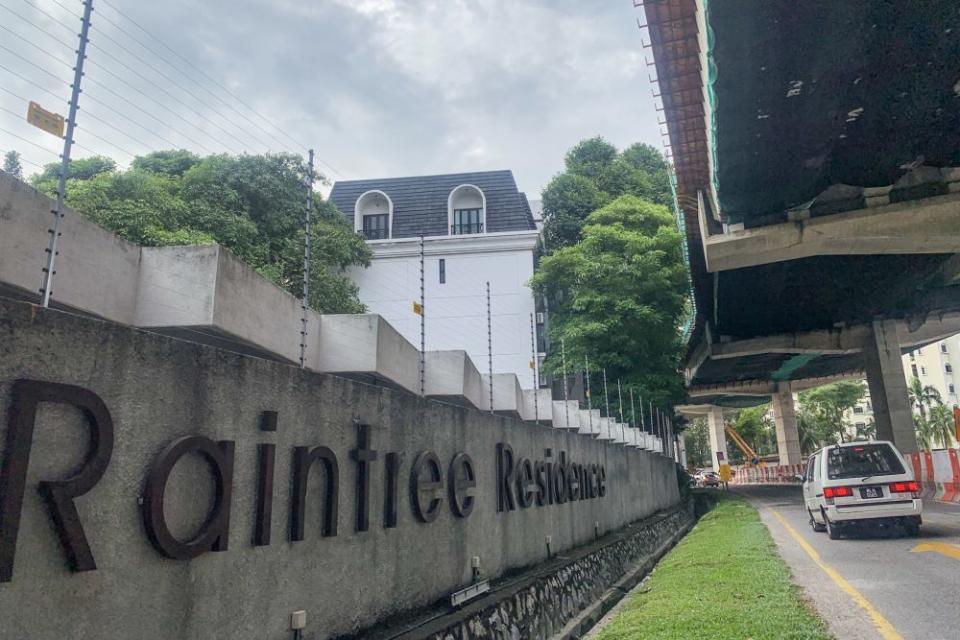
Why the objections?
It all started on January 11, 2016, when listed firm Ekovest Berhad’s wholly-owned subsidiary LDF3 signed a RM3.7 billion concession agreement with the Malaysian government for a period of 53 years and six months to design, build, operate, manage and maintain the SPE highway.
After initial contact made by LDF3 for dilapidation surveys of the Jalan U-Thant residents’ properties and after some of the five requested for more information on the SPE highway, the company’s SPE project director Chua Soo Kok held a briefing on March 8, 2017 for the residents.
According to the five who sued, they had never been consulted and had no knowledge of the highway project’s Desa Pandan alignment or how it would affect them before the March 2017 meeting.
It was during the meeting that they discovered that the SPE is to be a six-lane elevated highway about 30 kilometres long with a proposed speed limit of 90 km per hour, to be built over the existing Jalan Desa Pandan just a few feet away from their houses.
The residents said they had also in the same March 2017 meeting found out that the Desa Pandan stretch would be built using a portal design akin to goal posts, instead of being supported by a centre pier design due to an existing storm tunnel under Jalan Desa Pandan.
But the residents said these portals would be built very near their houses, highlighting as example that the portals would be as close as slightly over one metre from the walls of some of their houses including Enisah’s at 1.147 metres.
The residents said LDF3 had in the meeting admitted that the Desa Pandan alignment along their neighbourhood does not comply with LLM guidelines, which require highways to be set back at least 13 metres away from the boundaries of any private building.
After the March 8, 2017 meeting, the residents wrote in their objections to the company and the Department of Environment on March 13, 2017, and finally received on March 28, 2017 the Environmental Impact Assessment (EIA) report as requested.
According to the five, the goal-post portals would result in substantial vibration as they would bear the highway’s weight and potentially seriously damage their houses due to the proximity.
They argued that the Desa Pandan alignment would cause high levels of air pollution and noise pollution and reduce the value of their houses, besides also destroying the greenery along Jalan Desa Pandan.
Other than having their peaceful and quiet neighbourhood affected by the new highway, the Jalan U-Thant residents listed other properties that may be negatively affected by the Desa Pandan alignment including several embassies, government quarters, several schools and the Down Syndrome Association of Malaysia.
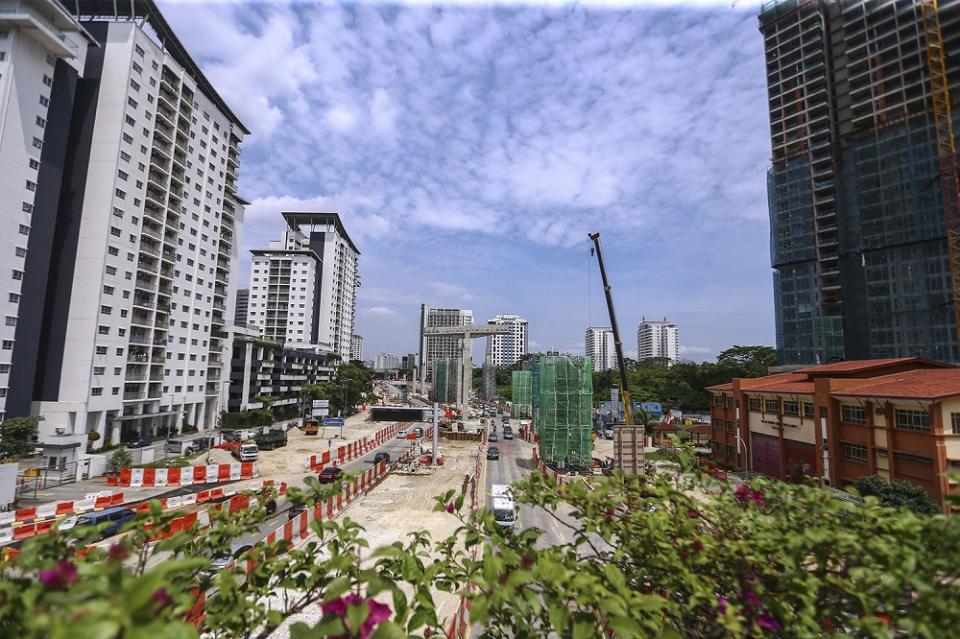
What the residents want in their lawsuit
In their legal challenge, the residents sought for several court orders, including to quash the approval of the Desa Pandan alignment and its design which they said were not in line with LLM regulations and guidelines, as well as declarations that the alignment was unlawful, irrational and unreasonable for not complying with those regulations and guidelines.
The residents also wanted the court to declare that the SPE’s Desa Pandan alignment’s approval had failed to take into account the impact on Jalan U-Thant residents’ health and the negative effect on their properties’ value, and to declare that the public acceptance survey was unlawful and invalid as Jalan U-Thant residents were not asked for their views or concerns before the alignment’s approval despite their homes being close to the new highway.
Arguing that they had been denied a right to be heard via the survey to gauge the public’s acceptance of the SPE, the residents also argued that the Desa Pandan alignment goes against the KL Structure Plan 2020 gazetted on November 4, 2004 where the Taman U-Thant area was recognised as a low-density residential area and where the plan outlined the need to preserve Kuala Lumpur’s environmental quality.
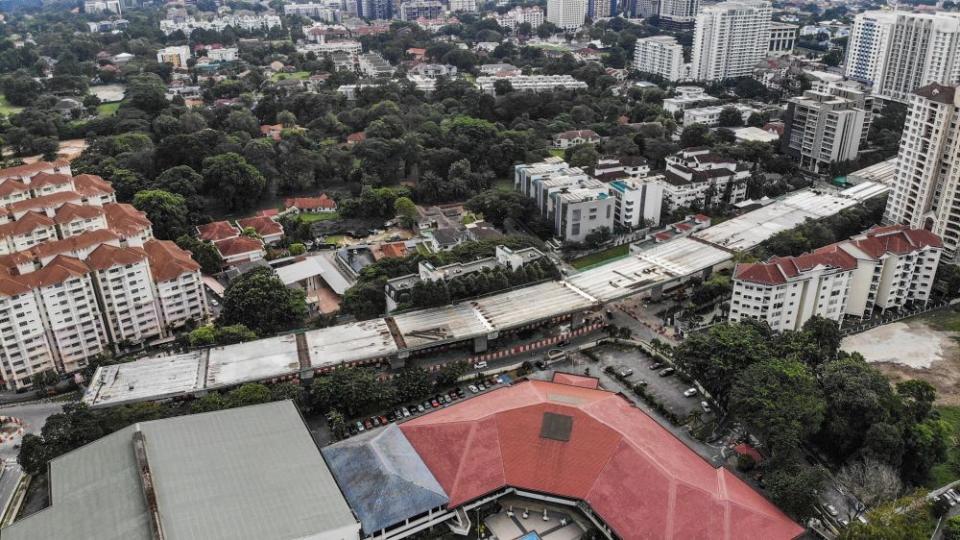
Going beyond a neighbourhood’s concerns
But the residents are not only focused on their neighbourhood, as they also want the courts to declare that the LLM regulations and guidelines on highways are irrational and unreasonable as they allegedly do not ensure adequate safeguards for the health of those living, working or studying near highways.
Introduced in 2007, LLM’s Highway Authority Malaysia (Setbacks of Highway) Regulations reduced the previous requirement of 19 metres for minimum setback for highways to 13 metres.
What the company said
In an affidavit to oppose the lawsuit, SPE’s builder LDF3’s director Ahmad Nasir Mohd said the company had revised its initial design of using goal post-style portals to a new design of single piers or columns, which he said meant the Desa Pandan alignment now provides the minimum 13-metre setback required.
The company LDF3 said it had proposed June 13, 2017 for a further meeting with U-Thant residents to present the new design, but said residents were unable to attend. It is unclear if further efforts were made to meet over the revised design.
He addressed residents’ worries of cars falling over into their residential compounds by saying that the SPE elevated highway’s Desa Pandan alignment will be a straight road with a 1.21 metre-tall concrete-and-steel barrier, as well as saying that residents could claim for compensation if they could show a drop in their properties’ values.
LLM’s Mohd Hadzmir Yusoff, who is overseeing the project, in a July 17, 2017 affidavit said the SPE will be a 32 kilometre highway with two dual-direction lanes, adding that the project is meant for public interest and would reduce traffic congestion from Setiawangsa to Pantai, as well as provide for a better and more efficient traffic dispersal system that is also expected to improve connectivity with existing highways and train systems KTM, LRT and MRT.
He argued that any delay in the SPE’s completion would affect public interest, besides arguing that the U-Thant residents’ lawsuit was premature as the final detailed design for the highway then had not been approved yet.

The last-minute addition
The residents’ legal challenge was heard at the High Court on September 19, 2017, with the decision date initially fixed on November 22, 2017 before it was rescheduled to December 19, 2017.
According to the residents, SPE’s builder LDF3 had filed an additional affidavit at literally the 11th hour, at about 4.30pm on December 18, 2017. This was just a day before the High Court was scheduled to deliver its decision on December 19, 2017.
In this additional affidavit by the company’s director Ahmad Nasir, he claimed that the company had on December 8, 2017 received approval for the detailed design of the SPE highway.
The residents’ lawyers — on December 19, 2017 — objected to the affidavit that was filed at the last minute after the High Court had already heard all parties on the legal challenge, and asked for the court to disregard the additional document.
(Later on January 19, 2018, Joy Devi in an affidavit argued that the last-minute affidavit relied on by the High Court judge for her decision actually only showed the granting of “conditional approval” for the SPE highway.)
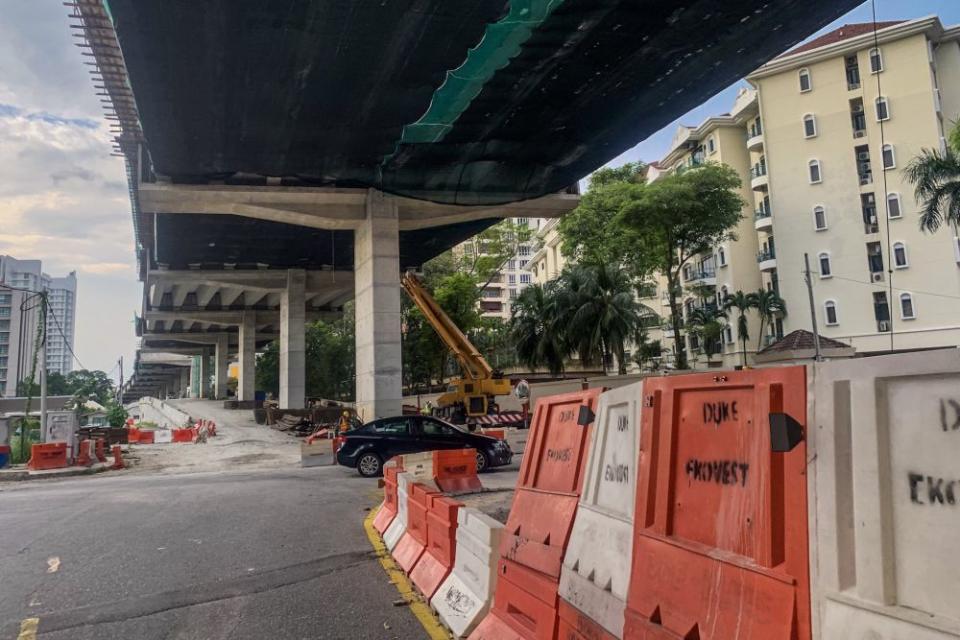
What the High Court decided
In her December 19, 2017 decision, High Court judge Datuk Azizah Nawawi noted that the government confirmed that it had approved the implementation of the SPE on December 17, 2014.
The High Court ruled that the Jalan U-Thant residents failed to explain why the Desa Pandan alignment’s approval is illegal, before agreeing with the Works Minister and the Malaysian government that highway approvals involve “policy consideration which this court will not normally interfere” with.
The judge found that the building of the SPE highway involves government policy consideration for the public interest which she said is not for the High Court to “question” or readily interfere with, citing a 2013 Federal Court ruling as well as the Works Ministry’s secretary-general Datuk Seri Zohari Akob’s July 24, 2017 explanation on the background behind the SPE’s approval.
The judge listed the justification given by Zohari for the project, including as an alternative for road users travelling from the north to south in Kuala Lumpur to help disperse traffic effectively, reduce traffic congestion during peak hours in Jalan Tun Razak, the MEX highway and SMART Tunnel due to imbalance of the number of traffic lanes, as well as to connect and support upcoming mega projects like Tun Razak Exchange TRX, Jalan Cochrane and Bandar Malaysia.
Citing a 2010 Federal Court decision, the High Court agreed with those sued that “public interest must prevail over the individual interests” of the Jalan U-Thant residents, ruling that it cannot be said that the decision to approve the SPE including the Desa Pandan alignment is irrational or unreasonable.
The High Court noted the EIA report approved on June 30, 2016 had dealt with the residents’ concerns such as noise pollution and health issues from the air pollution and had also covered the public acceptance survey, ruling that the residents should have instead challenged the EIA report but also said it is too late to do so.
The judge also said it was too late to challenge the LLM regulations which reduced the highway minimum setback requirement from 19 metres to 13 metres as they were enacted in 2007, also saying that such regulations involve policy considerations within LLM’s expertise.
Noting that the company’s new design for the highway was purportedly approved by LLM on November 15, 2017, the judge said there was no longer an issue of non-compliance with LLM regulations.
Describing SPE as a national project that involves public interest, the judge dismissed the Jalan U-Thant residents’ legal challenge, concluding that public interest should prevail over individual inconvenience or hardship.
The High Court also allowed DBKL to be removed as a party being sued as the KL mayor should have been cited instead and as it was not involved in the main issues complained of such as SPE’s designs.
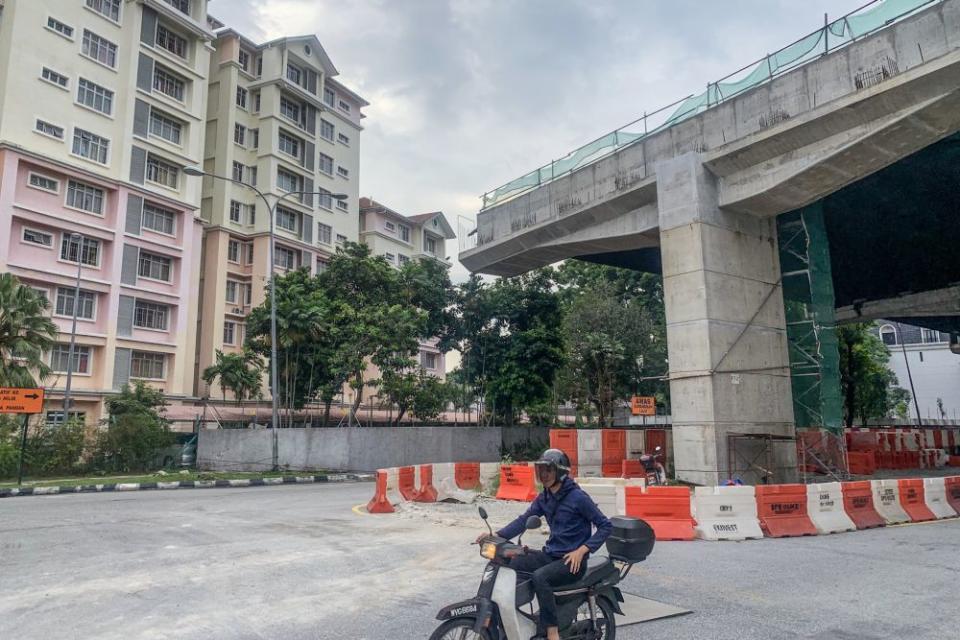
The residents appeal
The Jalan U-Thant residents have appealed against the High Court’s decision, based on the written judgment made available by the judge on January 10, 2019.
Related Articles Left lane of Federal Highway from KL to PJ to close for 15 days



